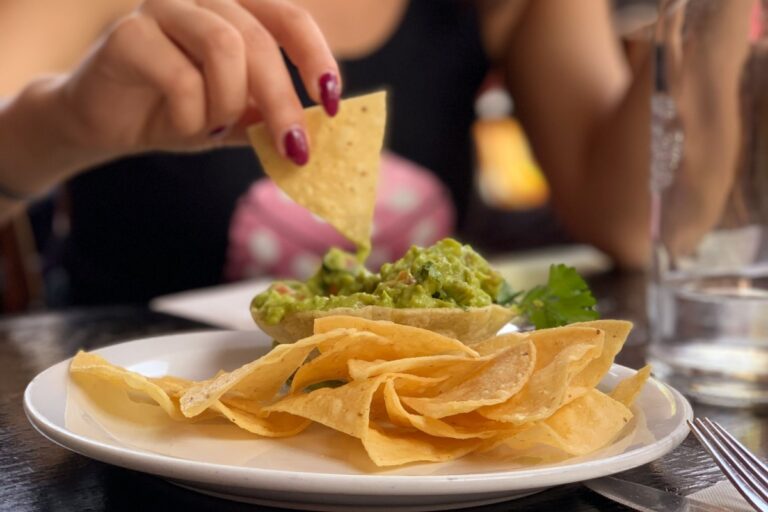15 Surprising Foods You Didn’t Know Expire
We all know that milk, bread, and fresh produce have expiration dates, but there are many other foods that quietly expire without us realizing it. Even items that seem like they could last forever, such as pantry staples or condiments, actually have a shelf life.
Consuming expired food can lead to a loss of flavor, texture, and sometimes even foodborne illnesses. While some of these foods don’t spoil as quickly as fresh ones, it’s still important to check their dates and store them properly. Here are 15 foods you might be surprised to learn have an expiration date.
Honey

Honey is often thought of as a food that lasts forever, and while it doesn’t spoil in the traditional sense, it can lose its quality over time. Honey can crystallize, change color, and lose its flavor if it’s stored for too long.
Although crystallized honey is still safe to eat, it may not taste as good or be as smooth. If stored properly in a sealed container, honey can last years, but it’s still a good idea to check its texture and taste before using it. Keep honey in a cool, dry place to preserve its quality. If it crystallizes, you can restore it by warming it up in hot water.
Soy Sauce
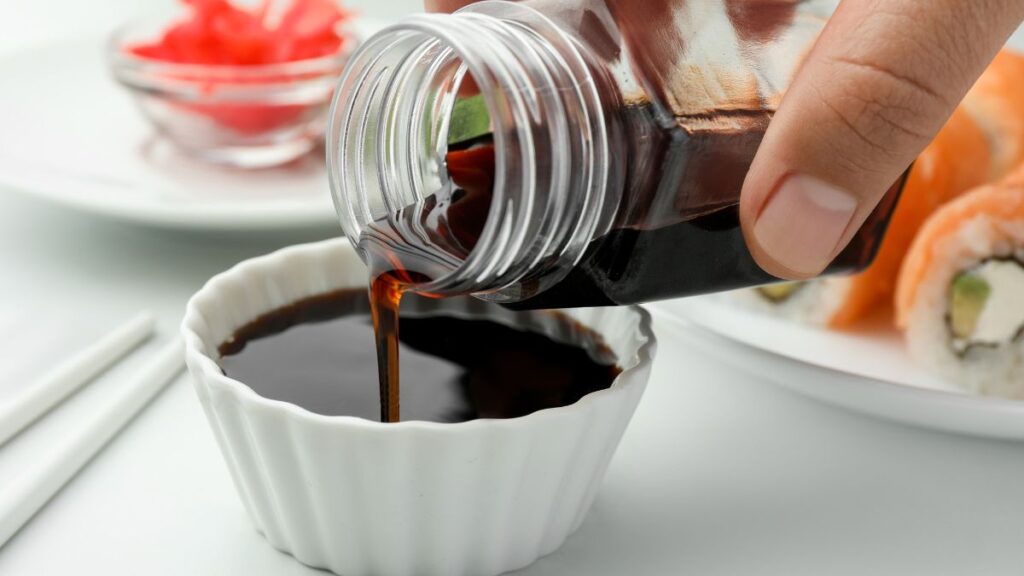
Soy sauce is a salty condiment that seems like it should last forever, but even this pantry staple has an expiration date. Once opened, soy sauce can start to lose its flavor and potency after about one to two years. The salt content helps preserve it, but exposure to air and light can cause the quality to degrade.
Unopened soy sauce can last longer, but once you break the seal, it’s important to store it in a cool, dark place or in the fridge. For the best flavor, use soy sauce within the recommended time frame. Be sure to check for any changes in taste or color.
Peanut Butter
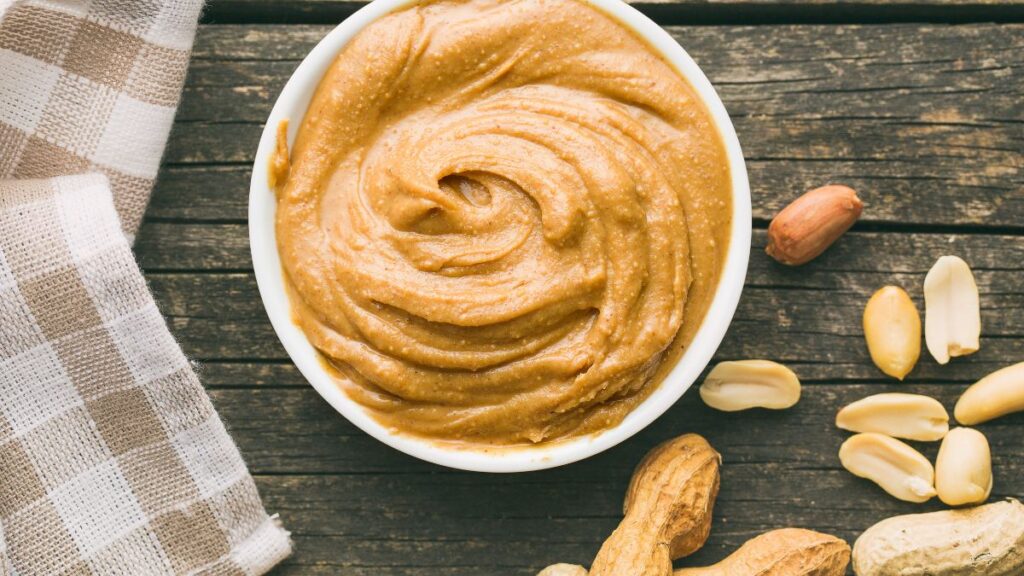
Peanut butter may seem like it has a long shelf life, but it can go rancid over time. The natural oils in peanut butter can oxidize, leading to a stale or off taste. Most peanut butter will last about six months to a year after opening, especially if stored in a cool, dark place.
Natural peanut butter, which contains fewer preservatives, has a shorter shelf life and should be refrigerated to extend its freshness. Always check for any changes in smell or texture before using peanut butter that’s been sitting for a while. If it smells rancid or separates too much, it’s best to throw it out.
Spices

You might not think twice about using the spices in your cabinet, but they too have an expiration date. While they won’t spoil in the sense that they’ll make you sick, spices lose their potency over time. Ground spices usually last about one to three years, while whole spices can last up to four years if stored properly.
If your spices have lost their vibrant color or strong aroma, it’s a sign they’re past their prime. To keep spices fresh, store them in airtight containers in a cool, dark place. Replacing old spices ensures that your dishes will be flavorful and aromatic.
Maple Syrup
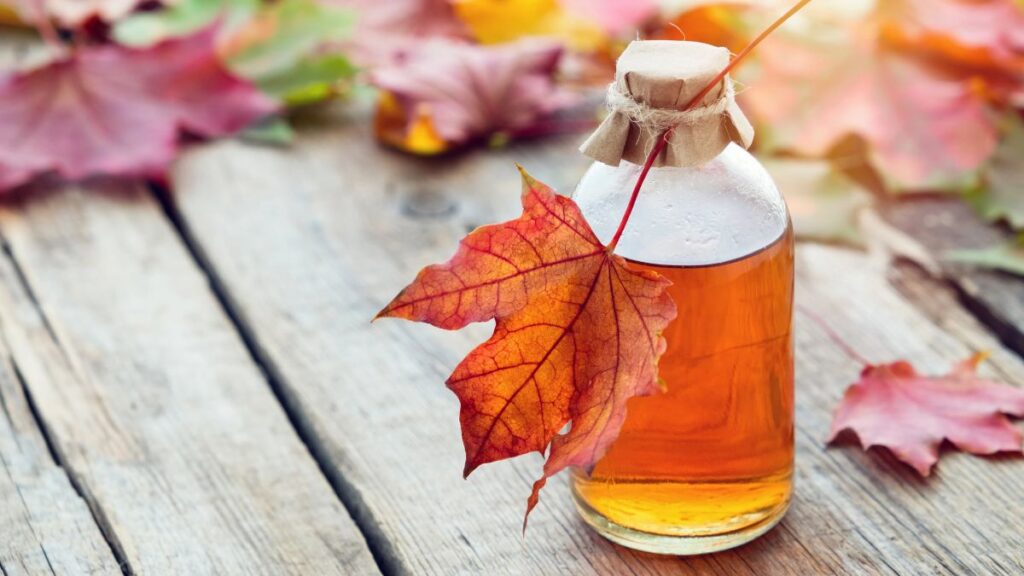
Unlike honey, maple syrup can go bad, especially once opened. Pure maple syrup should be refrigerated after opening to prevent mold growth. Even in the fridge, maple syrup typically lasts about a year before it starts to lose its flavor and freshness.
If left at room temperature, it may spoil faster, especially in warm climates. To avoid waste, consider freezing maple syrup if you don’t plan to use it regularly. Always check for any signs of mold or off smells before using syrup that’s been stored for a long time.
Flour

Many people don’t realize that flour, a pantry staple, has an expiration date. White flour typically lasts about six to twelve months, while whole wheat flour has a shorter shelf life due to its higher oil content. Over time, flour can develop a stale or musty smell and may become infested with pantry pests if not stored properly.
Storing flour in an airtight container in a cool, dry place can help extend its shelf life. If you don’t use flour often, you can freeze it to keep it fresh for longer. Always check the smell and appearance before using old flour in recipes.
Olive Oil

Olive oil, like other oils, can go rancid if stored for too long or improperly. While it won’t spoil in a way that makes you sick, rancid olive oil loses its flavor and nutritional benefits. Unopened olive oil can last up to two years, but once opened, it’s best to use it within six months to a year.
Exposure to light, heat, and air can speed up the oxidation process, so store olive oil in a cool, dark place. If your olive oil smells off or has a bitter taste, it’s time to replace it.
Dried Pasta

Dried pasta is often considered a pantry staple that lasts forever, but it does have an expiration date. While it doesn’t spoil in the same way as fresh food, dried pasta can lose its quality over time.
It can become brittle and lose its flavor, especially if exposed to moisture or humidity. Most dried pasta is best used within two to three years of purchase. To keep it fresh, store it in an airtight container in a cool, dry place. If your pasta smells musty or looks discolored, it’s time to toss it out.
Canned Goods
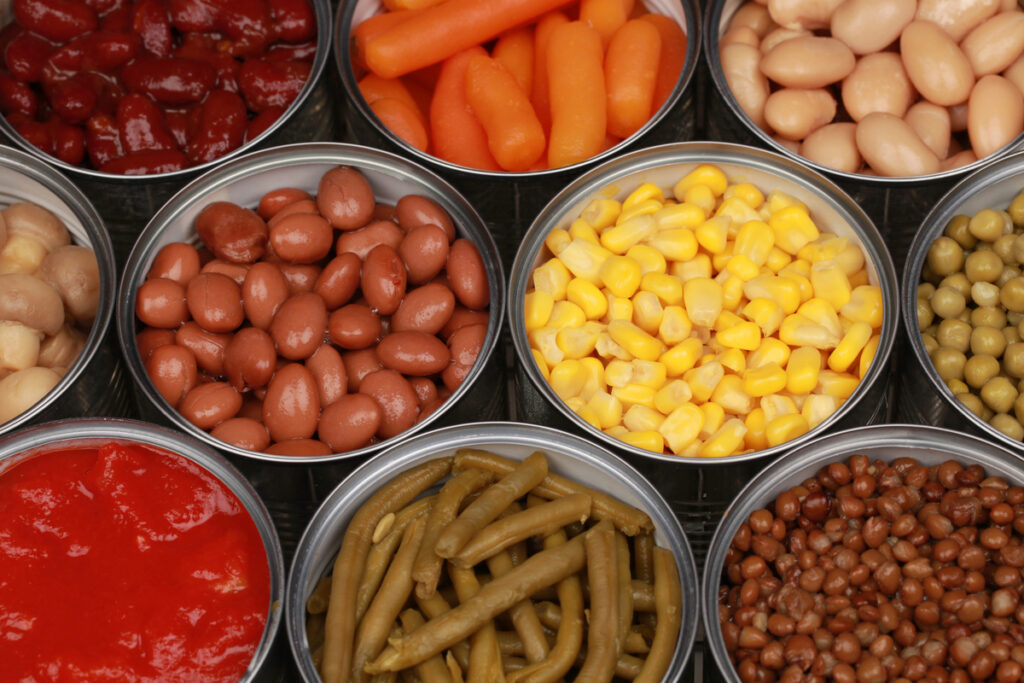
Canned foods are designed to last a long time, but even they have a shelf life. Most canned goods will last two to five years, but they can lose flavor and nutritional value over time. It’s important to check the expiration date and look for any signs of damage, like dents, rust, or bulging cans, which can indicate spoilage.
While canned food is usually safe to eat after its expiration date, the quality may not be the same. Always store canned goods in a cool, dry place to extend their shelf life. If you notice any strange smells or textures after opening, it’s best to discard the food.
Cornstarch
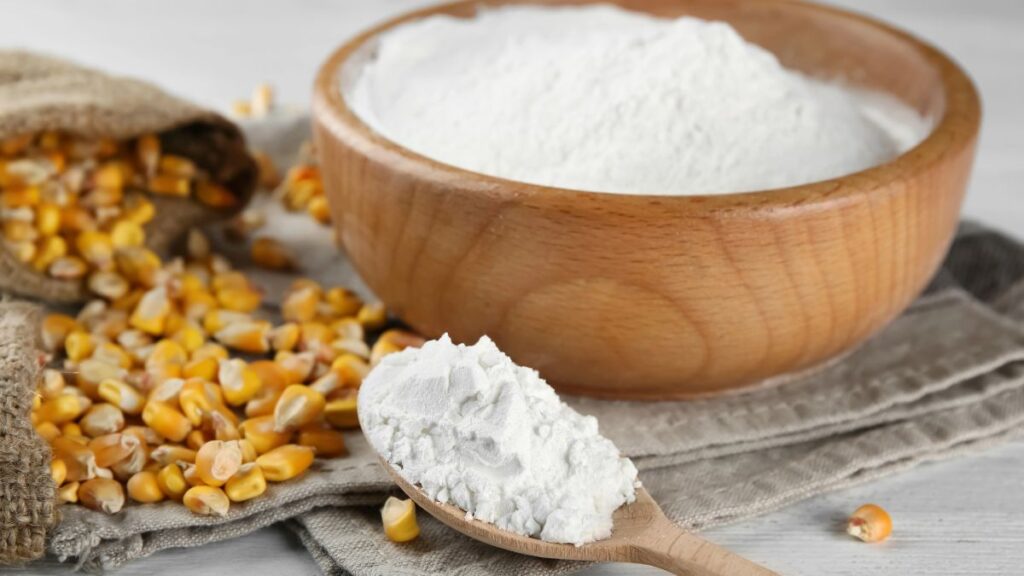
Cornstarch is a kitchen staple used for thickening sauces and soups, but it also has an expiration date. While it may not spoil quickly, cornstarch can lose its effectiveness over time. If stored in a humid environment, it can also clump together, making it difficult to use.
To extend its shelf life, store cornstarch in a cool, dry place in an airtight container. Most cornstarch will last about two years, but it’s a good idea to check for clumping or a strange odor before using it. If it doesn’t dissolve easily in water, it may be time to replace it.
Tea Bags
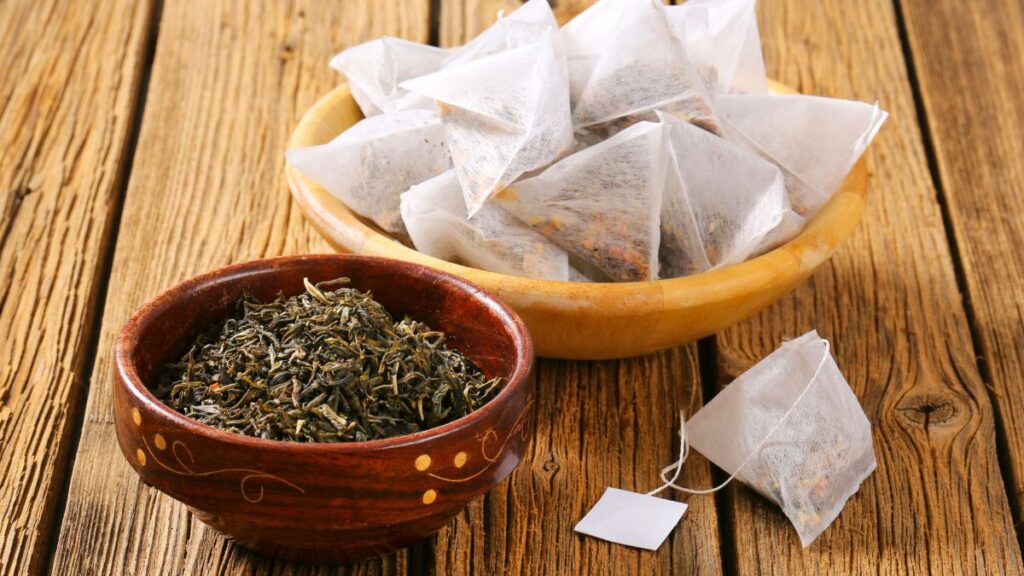
Tea bags might seem like they last forever, but they too have a shelf life. Over time, tea can lose its flavor and aroma, especially if exposed to air or moisture. Most tea bags will last about two years if stored in a cool, dry place, but they may lose their freshness sooner if not stored properly.
Old tea bags may not be harmful to consume, but they won’t provide the same rich flavor as fresh tea. For the best taste, keep tea bags in an airtight container and avoid storing them near strong-smelling foods, which can affect their flavor.
Nuts

Nuts, whether raw or roasted, can go rancid over time due to their high fat content. While they may still look fine, rancid nuts will have a bitter or sour taste and may smell off. Most nuts last about six months to a year when stored in a cool, dry place.
To extend their shelf life, you can store nuts in the refrigerator or freezer. Always check the taste and smell of nuts before eating them, especially if they’ve been stored for a long time.
Hot Sauce
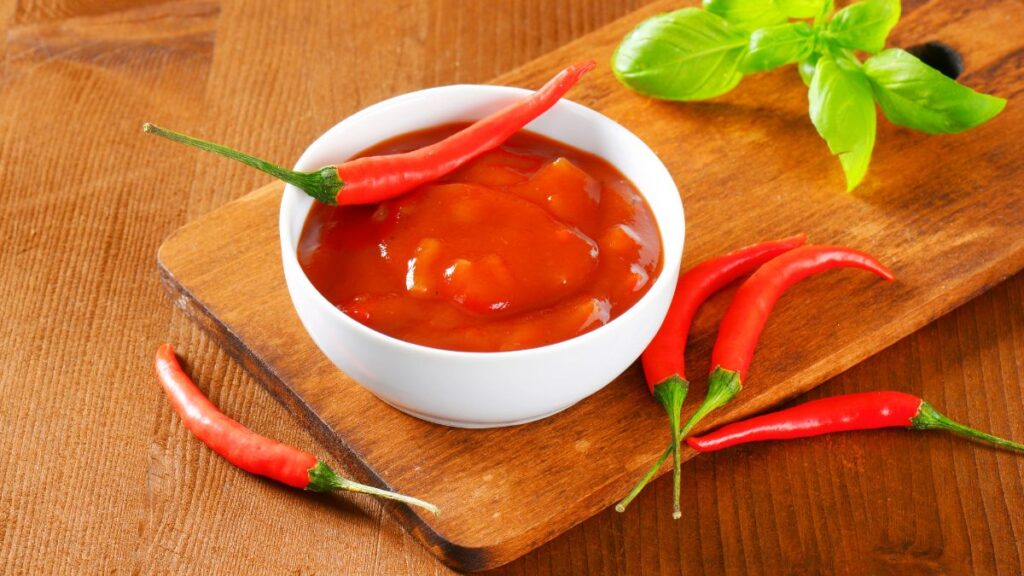
Hot sauce contains vinegar and salt, which help preserve it, but it does have an expiration date. Over time, hot sauce can lose its heat and flavor, and the color may darken.
Most hot sauces last about six months to a year after opening, but the exact shelf life depends on the brand and ingredients. For the best flavor, store hot sauce in the refrigerator once opened. If you notice a change in taste, color, or texture, it’s time to replace the bottle.
Rice
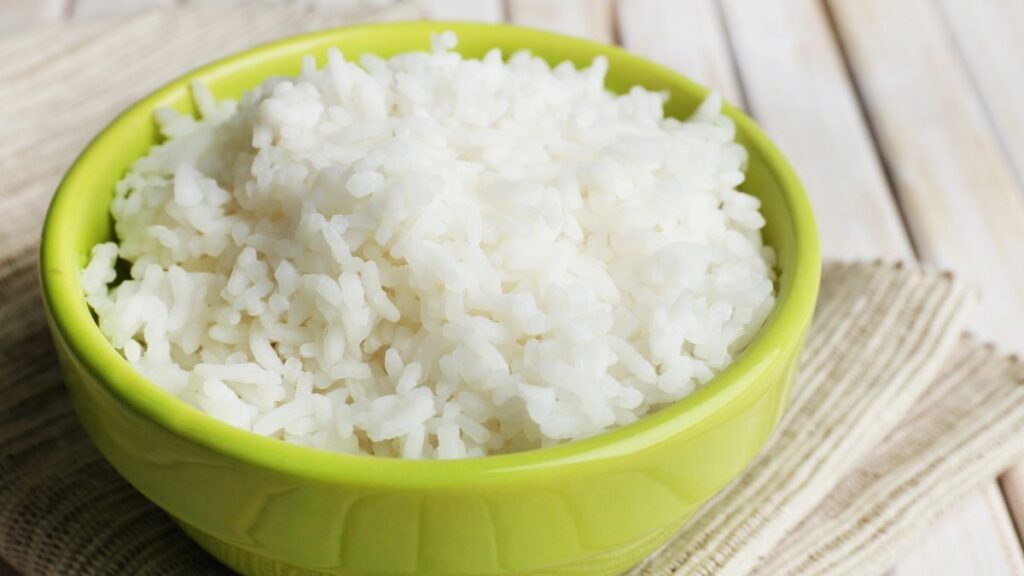
White rice can last for years if stored properly, but brown rice has a much shorter shelf life due to its higher oil content. Brown rice typically lasts about six months in the pantry, while white rice can last up to two years.
Over time, rice can absorb moisture and develop a stale or musty smell, especially if not stored in an airtight container. To extend the shelf life of rice, store it in a cool, dry place or freeze it. Always check for any strange odors or signs of pests before cooking.
Ketchup
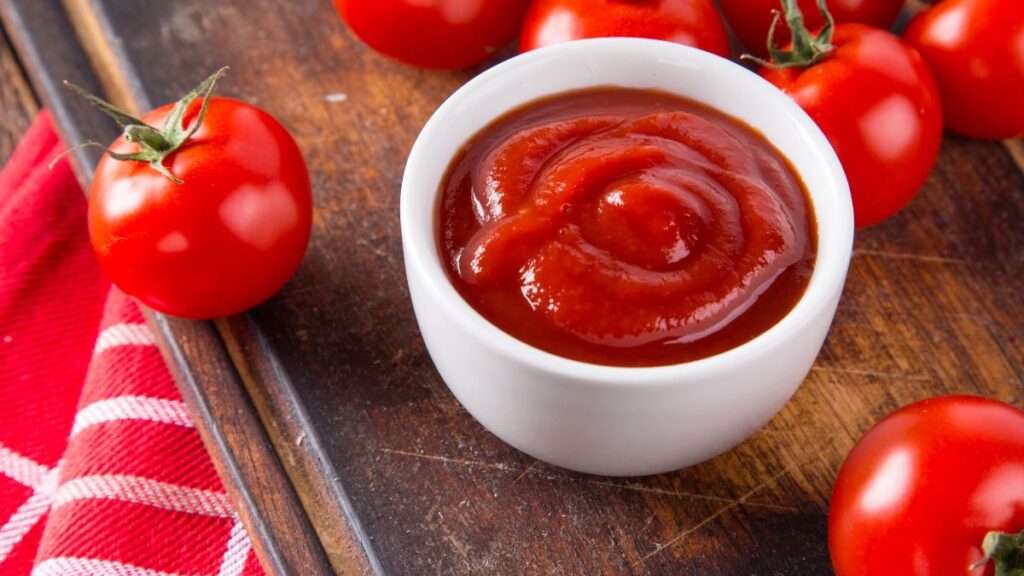
Ketchup may seem like it lasts forever, but it actually has a limited shelf life, especially once opened. While the high acidity in ketchup helps preserve it, the flavor and quality can degrade over time. Most ketchup lasts about six months in the refrigerator after opening.
If it starts to separate, darken, or develop an off smell, it’s time to toss it out. To keep ketchup fresh for as long as possible, store it in the fridge and use it within the recommended time frame.
15 Grocery Items to Stock Up On Before Winter Price Hikes

As winter draws near, temperatures rise, as do grocery prices. The colder months often bring higher food costs due to increased demand, supply chain challenges, and seasonal shortages. To avoid the shock of winter price hikes, stock up on certain pantry staples and essential items.
15 Grocery Items to Stock Up On Before Winter Price Hikes
15 Places Where You’re Expected to Tip—But You Really Don’t Have To

Tipping has become a widespread practice in many industries, with the expectation that you’ll leave a little extra for good service. However, not every situation truly warrants a tip, even if you feel pressured to give one.
15 Places Where You’re Expected to Tip—But You Really Don’t Have To







